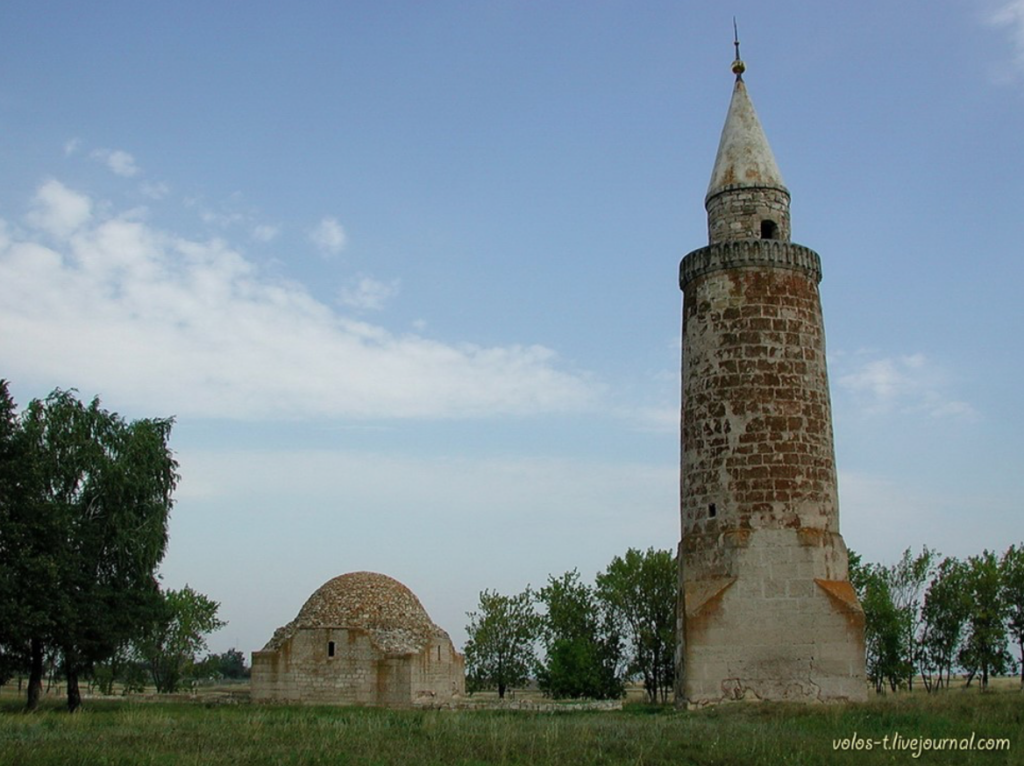Shakirds
January 29

A shakird is a student at a madrasa or similar Muslim educational institution.
Shakirds usually study the fundamentals of Islam and Arabic script, religious scholastic studies, and calligraphy. Often their curriculum also includes secular disciplines such as foreign languages, arithmetic, geography, history, etc.
In Russian pre-revolutionary madrasas, shakirds were trained in either New-Method schools or Old-Method schools), which differed from each other in their emphasis on either religious dogma, scholasticism, and religion or rational disciplines.
Before the 1917 revolution, both types of madrasahs existed in the Middle Volga region, which earned wide recognition of the Turkic-Muslim population of the Russian Empire. One of them was the “Muhammadiyya” in Kazan, founded by Galimzhan Galiyev-Barudi. The madrasahs “Kasimiya” in Kazan, “Galiya” and “Gusmaniya” in Ufa, “Husainiya” in Orenburg, “Rasuliya” in Troitsk, etc. were also very famous. Numerous madrasas taught practically all academic disciplines of the Russian school. For instance, shakirds of “Muhammadiyya” madrasah studied languages and literature (Tatar, Russian, Arabic, Persian), arithmetic, counting, drawing, physics, natural history, geography, history (World, Russian, history of Turkic peoples, history of science and classes), philosophy, logic, psychology, pedagogy, teaching methods, jurisprudence, rhetoric, metrics, ethics, medicine-hygiene, science of property division (faraiz). The curriculum of the madrasa Husainiyya included eight religious and twenty secular academic disciplines. In 1911, English researchers concluded that the curricula of such madrasahs were similar to those of classical gymnasiums.
There are several madrassas functioning in Kazan now:
Faruk, Medina, Shamil, Rizvan, Muhammadiyah, Kazan Muslim Madrasah of the 1000th Anniversary of Islam and so on.
Shakirds usually study the fundamentals of Islam and Arabic script, religious scholastic studies, and calligraphy. Often their curriculum also includes secular disciplines such as foreign languages, arithmetic, geography, history, etc.
In Russian pre-revolutionary madrasas, shakirds were trained in either New-Method schools or Old-Method schools), which differed from each other in their emphasis on either religious dogma, scholasticism, and religion or rational disciplines.
Before the 1917 revolution, both types of madrasahs existed in the Middle Volga region, which earned wide recognition of the Turkic-Muslim population of the Russian Empire. One of them was the “Muhammadiyya” in Kazan, founded by Galimzhan Galiyev-Barudi. The madrasahs “Kasimiya” in Kazan, “Galiya” and “Gusmaniya” in Ufa, “Husainiya” in Orenburg, “Rasuliya” in Troitsk, etc. were also very famous. Numerous madrasas taught practically all academic disciplines of the Russian school. For instance, shakirds of “Muhammadiyya” madrasah studied languages and literature (Tatar, Russian, Arabic, Persian), arithmetic, counting, drawing, physics, natural history, geography, history (World, Russian, history of Turkic peoples, history of science and classes), philosophy, logic, psychology, pedagogy, teaching methods, jurisprudence, rhetoric, metrics, ethics, medicine-hygiene, science of property division (faraiz). The curriculum of the madrasa Husainiyya included eight religious and twenty secular academic disciplines. In 1911, English researchers concluded that the curricula of such madrasahs were similar to those of classical gymnasiums.
There are several madrassas functioning in Kazan now:
Faruk, Medina, Shamil, Rizvan, Muhammadiyah, Kazan Muslim Madrasah of the 1000th Anniversary of Islam and so on.

